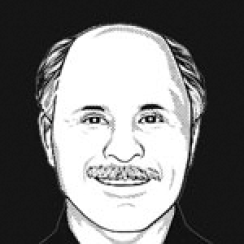
Down 54 percent, GLG’s Roth Already Hits The High Water Mark
Most hedge fund managers who blew up during the global market meltdown cannot share Steven Roth’s accomplishment.
Stephen Taub
April 12, 2010



